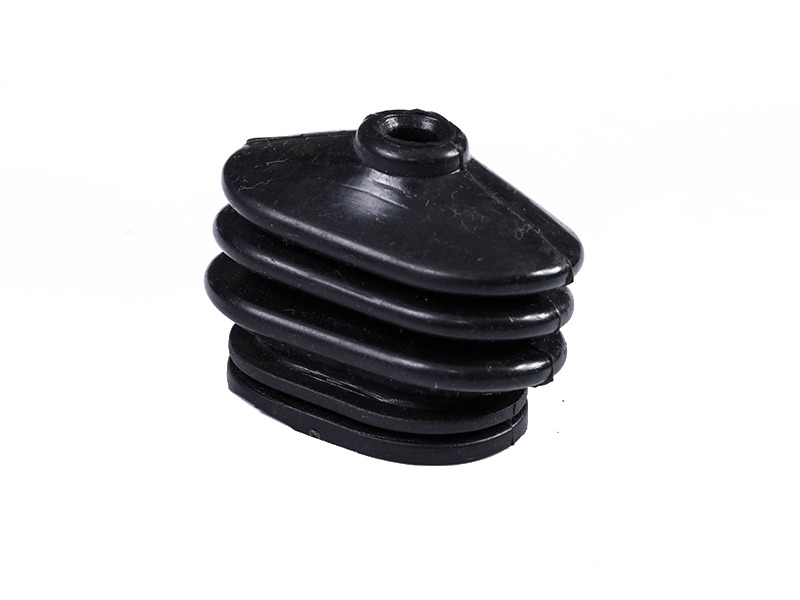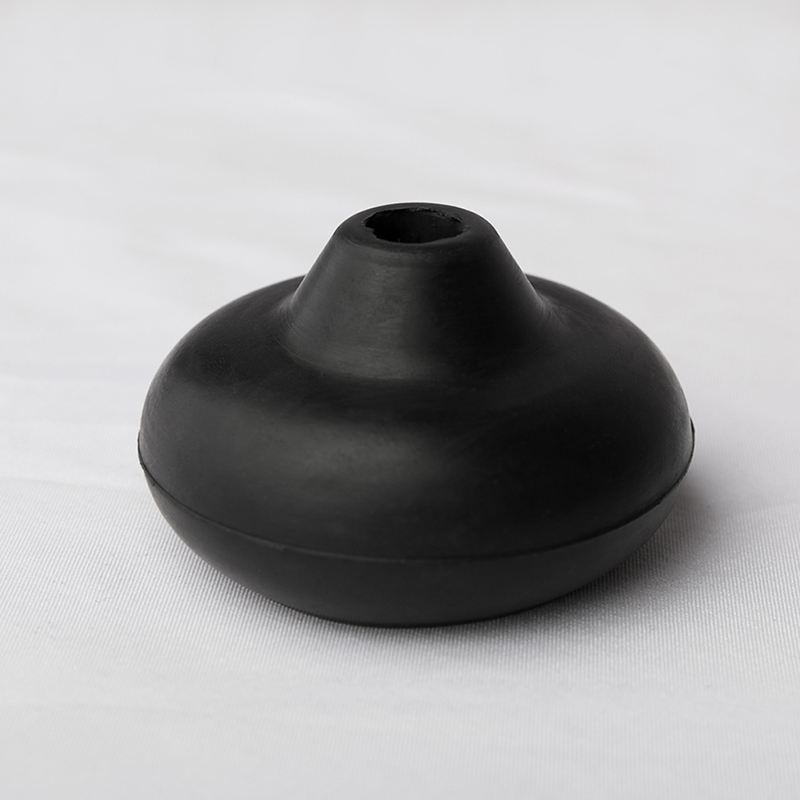
Molded rubber products are an essential part of numerous industries, from automotive and aerospace to healthcare and consumer goods. Their versatility, durability, and unique properties make them indispensable in a wide range of applications. This article delves into the world of molded rubber products, exploring their manufacturing processes, material types, applications, and the benefits they offer.
Manufacturing Processes
- Compression Molding: Compression molding is one of the most common methods for producing molded rubber products. It begins with pre – weighing a precise amount of raw rubber compound, often in the form of a pre – shaped “preform.” This preform is then placed into a heated mold cavity. The mold, typically made of steel or aluminum, is closed, and hydraulic pressure is applied. As the mold is heated, the rubber softens and flows to fill the intricate details of the mold cavity. The heat also initiates a chemical process called vulcanization, which cross – links the rubber molecules, giving the final product its desired mechanical properties. Once the vulcanization process is complete, the mold is opened, and the finished rubber product is ejected. This method is suitable for producing large, thick – walled rubber parts with complex geometries and high dimensional accuracy.
- Transfer Molding: Transfer molding is another popular technique for manufacturing molded rubber products. In this process, the raw rubber compound is first placed in a transfer pot. The pot is heated to soften the rubber, and then a plunger is used to force the molten rubber through a sprue system and into the closed mold cavity. The rubber then fills the mold and undergoes vulcanization, just like in compression molding. Transfer molding offers several advantages over compression molding, such as faster cycle times, better material distribution, and the ability to produce parts with more complex shapes and thinner walls. It is particularly useful for manufacturing products with inserts, as the inserts can be easily placed in the mold cavity before the rubber is injected.
- Injection Molding: Injection molding is a high – volume manufacturing process that is widely used for producing molded rubber products. It involves melting the raw rubber compound in a heated barrel and then injecting it under high pressure into a closed mold cavity. The rubber quickly cools and solidifies inside the mold, taking on the shape of the cavity. Once the rubber has solidified, the mold is opened, and the finished product is ejected. Injection molding offers several advantages, including high production rates, excellent dimensional accuracy, and the ability to produce complex parts with tight tolerances. It is also well – suited for manufacturing products with a high degree of automation, making it a cost – effective option for large – scale production.
Material Types
- Natural Rubber: Natural rubber is derived from the latex of rubber trees. It has excellent elasticity, resilience, and tensile strength, making it suitable for a wide range of applications. Natural rubber is also resistant to abrasion, tearing, and cutting, and it has good electrical insulation properties. It is commonly used in the production of tires, conveyor belts, seals, and gaskets.
- Nitrile Rubber (NBR): Nitrile rubber is highly resistant to oils, fuels, and chemicals, making it ideal for applications in the automotive, aerospace, and industrial sectors. It is commonly used in the production of oil seals, fuel hoses, and gaskets.
- EPDM Rubber (Ethylene – Propylene – Diene Monomer): EPDM rubber is known for its excellent resistance to weathering, ozone, and UV radiation. It is also highly resistant to water, steam, and many chemicals, making it suitable for outdoor applications and applications in harsh environments. EPDM rubber is commonly used in the production of window seals, roofing membranes, and automotive weatherstripping.
- Silicone Rubber: Silicone rubber has excellent high – temperature and low – temperature resistance, making it suitable for applications in extreme environments. It is also highly resistant to oxidation, aging, and chemicals, and it has good electrical insulation properties. Silicone rubber is commonly used in the production of medical devices, food processing equipment, and aerospace components.
Applications
- Automotive Industry: Molded rubber products play a crucial role in the automotive industry. They are used in a variety of applications, including tires, belts, hoses, seals, gaskets, and weatherstripping. Rubber components help to reduce noise, vibration, and harshness (NVH), improve fuel efficiency, and enhance the overall performance and safety of vehicles.
- Healthcare Industry: Molded rubber products are widely used in the healthcare industry, particularly in the production of medical devices and equipment. Rubber components are used in applications such as catheters, syringes, valves, and seals. They must be biocompatible, non – toxic, and sterile, and they must meet strict regulatory requirements.
- Consumer Goods Industry: Molded rubber products are also used in a variety of consumer goods, such as toys, sporting goods, and household appliances. Rubber components can add comfort, grip, and durability to these products, making them more functional and appealing to consumers.
Benefits of Molded Rubber Products
- Versatility: Molded rubber products can be produced in a wide range of shapes, sizes, and colors, making them suitable for a variety of applications. They can also be customized to meet specific performance requirements, such as chemical resistance, temperature resistance, and electrical insulation.
- Durability: Rubber is a highly durable material that can withstand repeated use, abrasion, and exposure to harsh environments. Molded rubber products are designed to last for a long time, reducing the need for frequent replacements and maintenance.
- Cost – Effectiveness: Molded rubber products are generally cost – effective to produce, especially when produced in large quantities. The manufacturing processes for molded rubber products are highly automated, which helps to reduce labor costs and increase production efficiency.
- Performance – Enhancing Properties: Rubber has several unique properties that make it an ideal material for many applications. It is highly elastic, which allows it to absorb shock and vibration, and it has good sealing properties, which helps to prevent leaks and contamination. Rubber also has good electrical insulation properties, making it suitable for use in electrical and electronic applications.
Molded rubber products are an essential part of modern industry, with applications in a wide range of sectors. Their versatility, durability, and unique properties make them indispensable in many products and processes. With advancements in manufacturing technology and materials science, the future of molded rubber products looks bright, with continued innovation and growth expected in the coming years. Whether it’s in the automotive, aerospace, healthcare, or consumer goods industry, molded rubber products will continue to play a crucial role in improving the performance, safety, and functionality of products and equipment.

